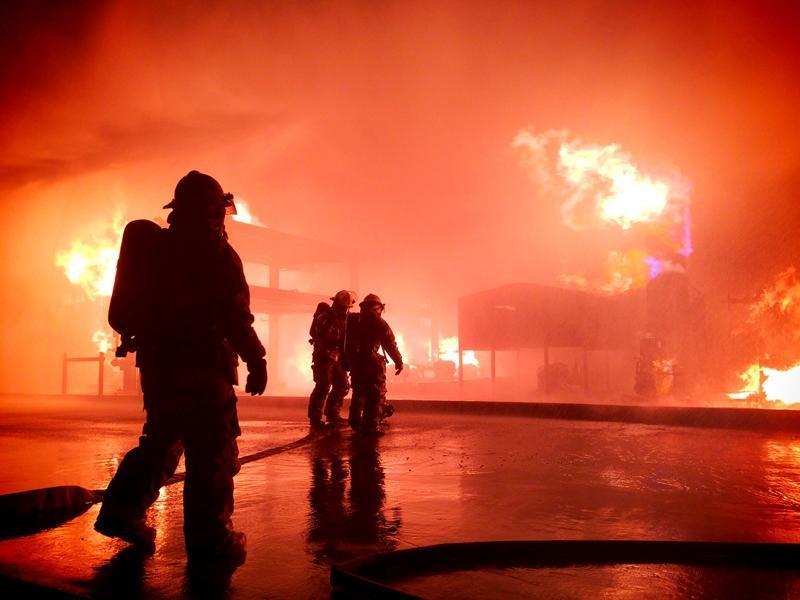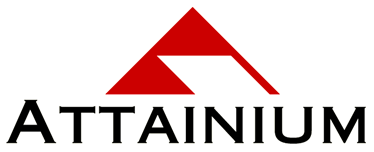Tabletop Exercises serve as critical tools for organizations to evaluate their business continuity plans and advance their processes. Like most other training methods, Tabletop Exercises cannot remain stagnant. They must be evaluated and further developed over time to include new considerations and opportunities. By following these five tips, you can improve your next Tabletop Exercise and impart essential skills to all participants:
1. Establish Clear Objectives
Each exercise has something different to teach your staff, but it will be up to you to lay out the ground rules. CSO contributor Bob Violino suggested taking the time to plan out your objectives and scope to ensure that the exercise is valuable. This will help enforce boundaries and set which communication, response, and recovery skills should be discussed.
By establishing clear objectives, you can keep your participants on track to test and exercise critical processes and protocols. Detailed information on your objectives will help create the best Tabletop Exercise for your organization. You must thoroughly evaluate what your target is, how it will be valuable to the organization, and what type of scenario best fits these needs.

2. Choose a Relevant Scenario
Selecting a scenario largely revolves around your particular goals or industry needs. Tabletop Exercise scenarios cover a variety of topics, each dealing with different communication, response, and recovery skills. Choose an exercise scenario that will be valuable and relevant to your staff. For example, an active shooter or workplace violence exercise could be critical for teaching your employees how to handle a dangerous life safety & security situation.
The most important thing is to make the scenario as accurate and relevant as possible. Accuracy will draw more staff participation and convey skills that they deem useful. A scenario that's relevant to your industry or current events will address staff concerns about crisis and raise overall awareness of your Business Continuity Plan.
3. Engage With Participants
Choosing participants for a Tabletop Exercise is a challenge. Including a variety of staff members will improve collaboration and test established policies and procedures. However, some employees may fight against the scenario or might not feel comfortable contributing. A scenario that is relevant to the participants will reduce resistance and improve involvement.
The moderator's role is critical to the success of the exercise. Select a moderator who will actively engage each participant. The moderator should be someone who encourages dialogue, asks questions, and generates talking points for further discussion. Experienced moderators are the best choice for increasing interaction and boosting collaboration throughout the exercise.
"Failures aren't a bad thing - they should be learning points to reach your goals."
4. Understand That Failure Is an Option
For an organization, failure can mean lost revenue, client trust, and business opportunities. This type of mindset can extend to a Tabletop Exercise, where the participants are determined not to fail. However, this attitude can leave participants frustrated and create more issues along the way. In a LinkedIn post, Tzviel Blankchtein noted that these scenarios are designed to "build proficiency and trust in skills, and provide support throughout the process."
It will be important to understand that failures in the exercise aren't a bad thing, but that they should be learning points to reach your goals. Encourage staff to think outside the box, learn from their failures, and leverage everyone's strengths and expertise. In this way, teams will create better processes to handle the scenario while boosting their communication, crisis management, and decision-making skills.
5. Gather Staff Feedback
One of the best ways to improve your next Tabletop Exercise is to simply ask participants what they thought of their experience and what suggestions they have. TechTarget contributor Matthew Todd noted that each exercise should end with a discussion to identify what worked, what didn't, and what needs to happen next. This review (a. k. a. debriefing) will clarify what the players learned and if any gaps exist. Organizations can use staff feedback as a means of creating more meaningful dialogue and action as well as providing participants with the confidence and skills to handle real-world crises and disruptions.
Organization and worldly concerns continue to evolve, and so must your Tabletop Exercises. By following these five steps, you can improve your next Tabletop Exercise to align with relevant goals and objectives while enabling staff to participate and learn from their missteps. Contact Attainium today to learn more about our Tabletop Exercises and how they will benefit your business continuity efforts.


